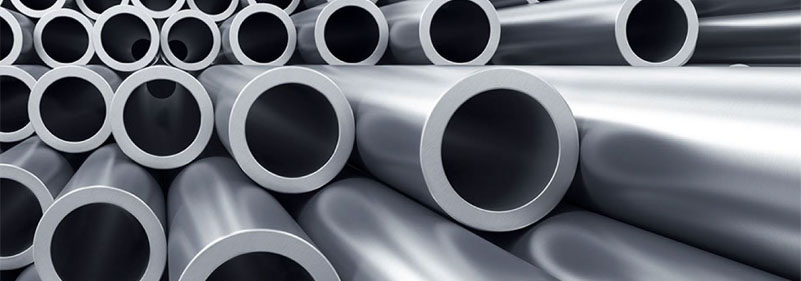Effect of Molybdenum, Copper and Manganese on Microstructure and Properties of Austenitic Stainless
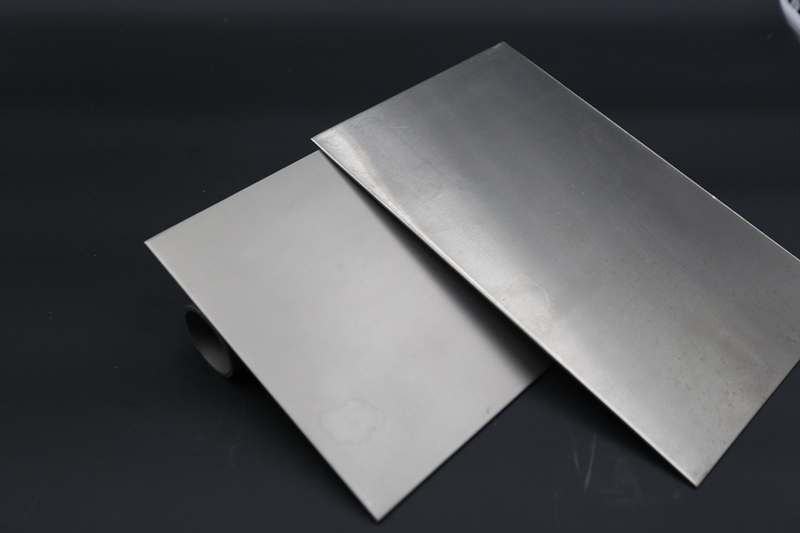
Molybdenum
The ability of molybdenum to form ferrite is comparable to that of chromium. Molybdenum also promotes intermetallic compounds in stainless steels. In order to maintain a single austenite structure in austenitic stainless steel, the content of nickel, nitrogen, manganese and other austenite forming elements should be increased with the increase of molybdenum content in steel. Molybdenum has obvious solution strengthening effect in austenitic stainless steel. With the increase of molybdenum content, the high temperature rupture strength and crzm eep resistance of steel are greatly improved. Therefore, molybdenum containing stainless steel is often used at higher temperatures. The higher the molybdenum content, the worse the hot workability. The main role of molybdenum in austenitic stainless steel is to expand its application scope, improve the corrosion resistance of steel in reducing medium, and improve the pitting corrosion resistance and crevice corrosion resistance of steel. However, in oxidizing medium, the effect of molybdenum is harmful. When the molybdenum content is more than 3.5%, the corrosion rate in HNO3 increases sharply.
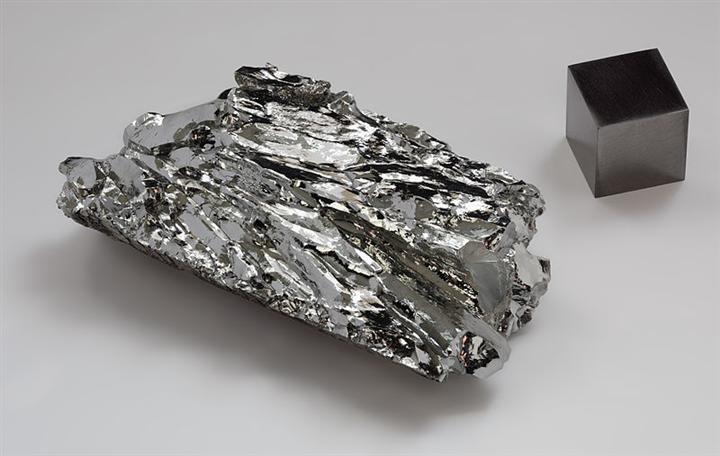
Copper
The role of copper in austenitic stainless steel is to significantly reduce its cold work hardening tendency and improve its cold working formability. The combination of copper and molybdenum can further improve the corrosion resistance of austenitic stainless steel in reducing medium. In austenitic stainless steel, in a certain range of copper content, with the increase of copper content, the strength of steel decreases, the plasticity increases, and the strain strengthening index n decreases. Some austenitic stainless steels (303304 and other steels) have the tendency of cold working compression cracking, and the addition of copper can improve their cold formability. Copper significantly reduces the hot workability of steel, especially when the nickel content in austenitic stainless steel is low. Therefore, when the copper content in steel is high, the nickel content should also be increased accordingly. Copper can significantly improve the corrosion resistance of austenitic stainless steel to sulfuric acid, phosphoric acid and other reducing media. When copper and molybdenum are used for composite alloying, the effect is more prominent
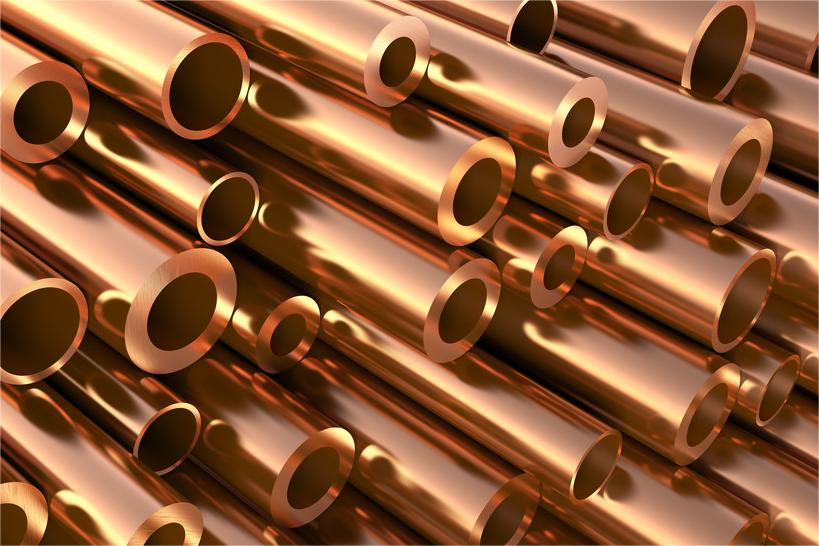
Manganese
In Cr Ni austenitic stainless steel, the manganese content generally does not exceed 2%, and is mostly controlled at 1.5% in production. In the later development of nickel stainless steel, manganese becomes an important alloy element, which mainly forms stable austenite with nitrogen and a certain amount of nickel.
When manganese content is less than 2%, the change of manganese content has no obvious effect on the structure of common chromium nickel stainless steel, including the stability of austenite. Manganese can improve the thermoplasticity of Cr Ni austenitic stainless steel.
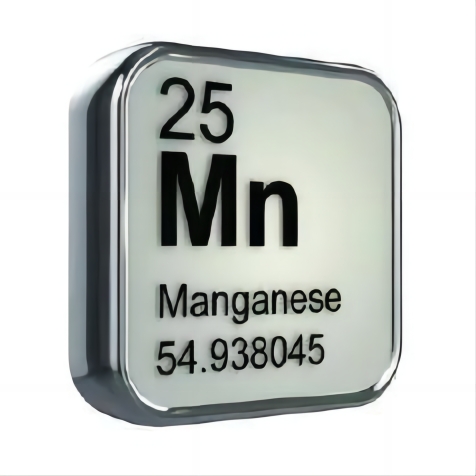

 English
English 中 文
中 文 Español
Español Português
Português Deutsch
Deutsch Türk
Türk Pусский
Pусский عربي
عربي 한국인
한국인 日本語
日本語